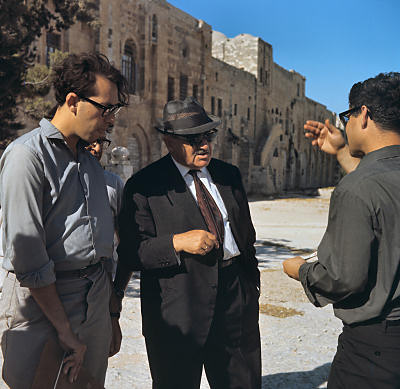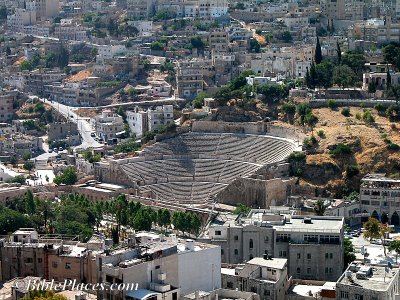The University of Judaism has announced their fall lecture series on Archaeology and the Bible. This year the series is entitled, “Archaeology and the Bible: New Discoveries, New Methods, New Interpretations, New Insights.” As in previous years, the cost to attend individual lectures is $25. Or if you register by October 6, the cost for all is $125. More information is available at the UoJ website.
The UoJ campus is in Los Angeles, not far from the Getty Museum off the 405. The scheduled lectures are:
Christopher A. Rollston, “Fakers, Forgers, and Con Artists: How Forged Artifacts and Inscriptions Corrupt Biblical History” (Oct. 23)
Raz Kletter, “Philistine Cult and Religion: The Startling New Discoveries from Yavneh” (Oct. 30)
Tessa Rajak, “Melting Pot or Market Place? Jews, Christians and Pagans in the Cities of the Roman Empire” (Nov. 6)
Eveline van der Steen, “Bedouins and the Bible” (Nov. 13)
Avi Faust, “Biblical Archaeology, the Prophets of Israel and the Poor” (Nov. 20)
William Schniedewind, “The First Scribes in Ancient Israel and the Beginnings of Biblical Literature” (Nov. 27)
Marvin Meyer, “The Recently Published Gospel of Judas, Gnosticism, and the Jewish Connection” (Dec. 4)
Christoph Uehlinger, “Insights from Images: What Do Assyrian Sculptures Tell Us About the History of Religion in Ancient Israel?” (Dec. 11)
I think if my budget or time were limited, my first two choices would be the lectures by Faust and Schniedewind.


